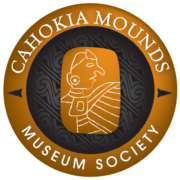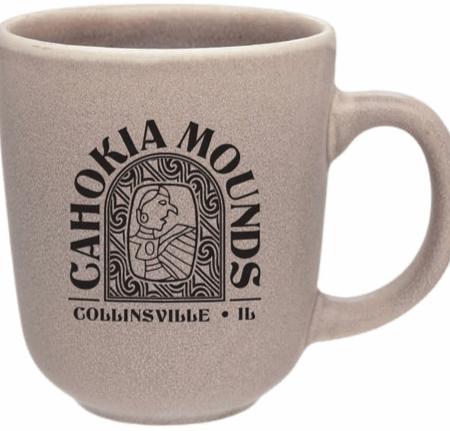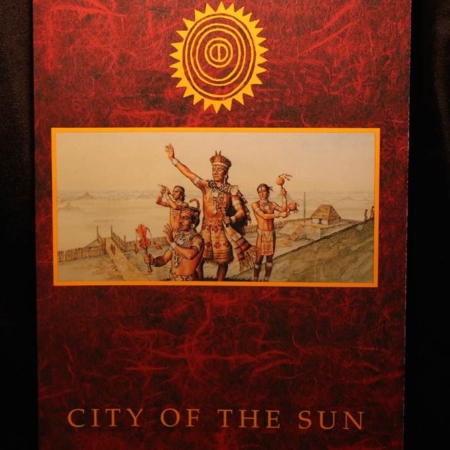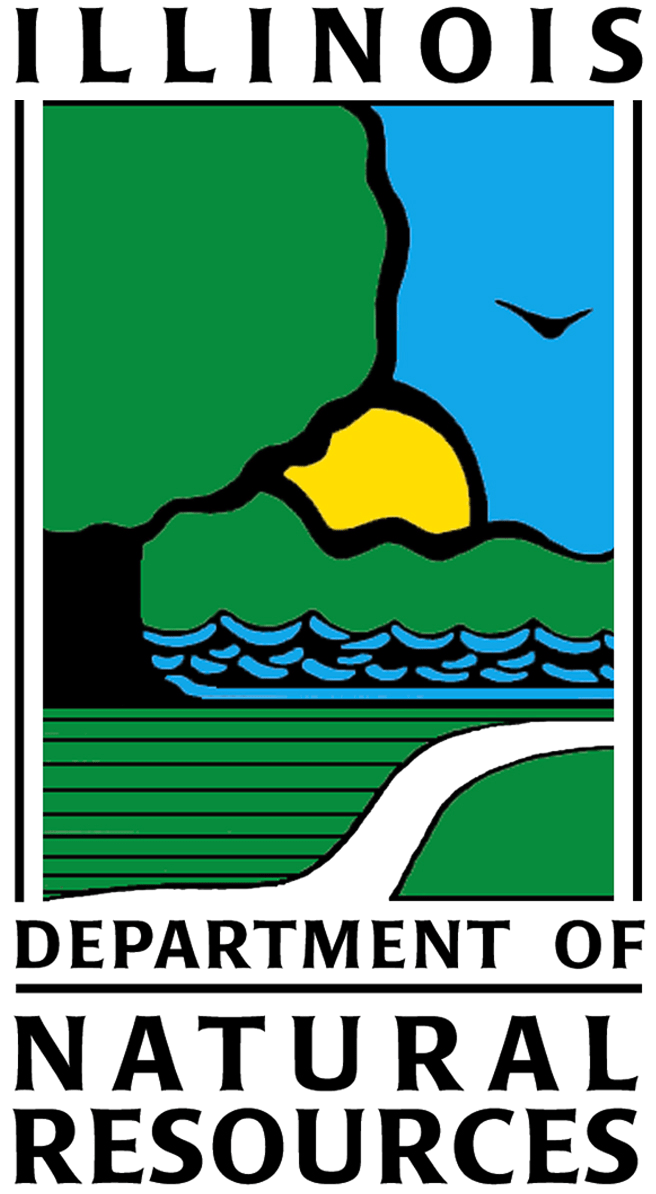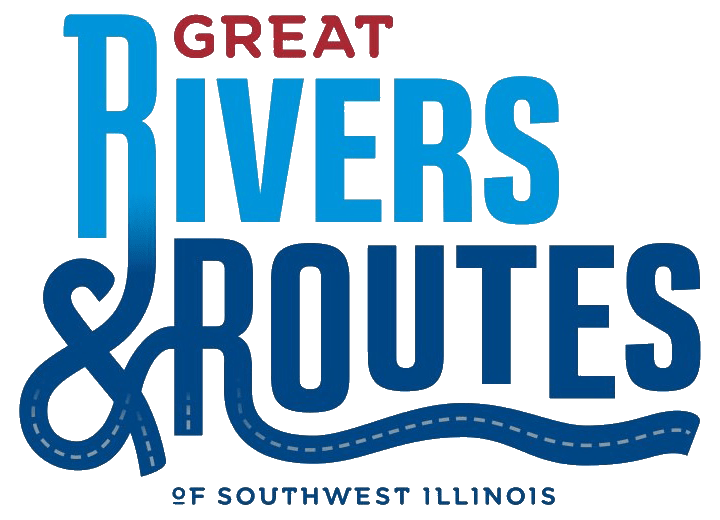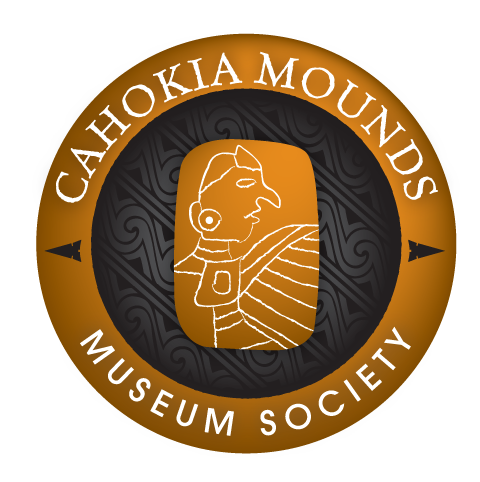Description
Occasional Journal
Illinois Association for Advancement of Archaeology
The first article by William R. Iseminger, is a condensed version of the history of archaeological research in Illinois from the 1800s to the mid-1960s. Iseminger is an archaeologist who worked at Cahokia Mounds for five decades, now retired, and who had a focus on public archaeology and interpretation throughout his career. He also was IAAA editor for Illinois Antiquity from 1978-1984 and has served as journal editor for Rediscovery from its inception in 1988 to the present. He has served on the IAAA board for decades, and on the Cahokia Archaeological Society chapter board.
The second article by Carolyn Stevens, Robert Maxwell, and Barbara Ross, provides an intriguing study of the history of the York Trail and Lincoln Way in Crawford, Clark, and Coles counties in southeastern Illinois during the early 1800s and their important role in the development of and settlement in that region. All three authors are members of the Central Wabash Archaeology Chapter of IAAA and Carolyn has been a member of the IAAA board of directors for many years. All are avocational archaeologists and have participated in archaeological and historical research in their area and have helped in the development of the Archaeology Museum in Robinson, Illinois, which preserves and displays the history of Native Americans and early settlers in that region of Illinois.
The test excavations into Mound 1 at the eastern edge of the Mississippian Cahokia site, in Madison County, Illinois, is the topic of the third article. This small mound had not been explored previously and had a historic home on its summit that had been demolished and there was a possible threat to what remained of the mound. Dr. Gayle J. Fritz from Washington University in St. Louis (now Professor Emerita) brought her field methods class to test the mound in 1991. Dr. John Kelly, also from Washington University (now retired) and a long-time Cahokia archaeologist, and William Iseminger, from Cahokia Mounds (now retired), directed the field work. Their excavations on the southern slope revealed modern fill burying the original mound and provided information suggesting Mound 1 was built late in Cahokia’s history. Dr. William G. Gartner is a geomorphologist and on the academic staff in the Geography Department at the University of Wisconsin-Madison. The first three authors are members of the Cahokia Archaeological Society (CAS) chapter of IAAA, and several members of CAS also participated in the excavations.
The final article explores the geophysical (remote sensing), historical, and genealogical research conducted in the historic Scott Settlement area on the banks of the DuPage River in DuPage County in northern Illinois. The Phase-1 testing identified subsurface features and anomalies, including the location of the Scott Cabin, the first single-family pioneer home in Naperville, and will help indicate areas for future research to learn more about this historical area. The research was conducted by Dr. Dale F. Simpson, Jr. (IAAA board member and Editor of Illinois Antiquity; College of DuPage; Illinois State Archaeological Survey; Chicago Archaeological Society chapter of IAAA); Dr. Timothy Horsley (Director of Horsley Archaeological Prospection, LLC; Northern Illinois University); Lucas Howser (University of Iowa; IAAA Board); and Mary Lou Wehrli (Local Historian).

